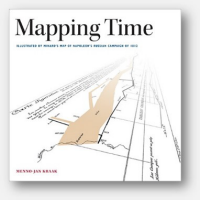I'm on a writing retreat in Taupo working on a paper on usability heuristics and another on detailing some of the lessons learnt from developing the MGIS with the University of Canterbury and AUT. One of the papers I've just come across, while old, has really struck a cord. Muki Haklay, in 2007, wrote about the need to ensure that we educate employers about why spatial is special and therefore make it a valued and valuable career choice for future GIS professionals (see:
http://discovery.ucl.ac.uk/16224/1/16224.pdf).
In New Zealand (and Australia for that matter), we have strong demand for graduates with GIS skills (see:
http://www.victoria.ac.nz/sgees/about/staff/pdf/GeospatialSkillsShortageReport.pdf). We're in a fairly unique position to be able to define a career path that is both rewarding and useful for future professionals. However, the importance of reaching out beyond the profession to analysts, managers, decision makers and key stakeholders is still important. Just because we're in demand does not mean the industry cannot grow and new opportunities to apply spatial thinking cannot be developed.
As I write about usability for web mapping, it got me thinking about the usability of GIS tertiary education and the need to stretch outside the traditional boundaries to engage with industry, government and the primary and secondary education sectors. The importance of raising the profile of spatial thinking as a supplementary element of a role or as the core skill in your role are two potentially different careers but with important synergies. We need to acknowledge that the 'mainstreaming' of GIS opens the industry but may very well be to its benefit.



